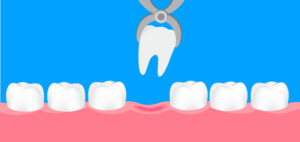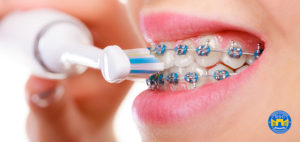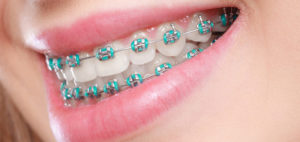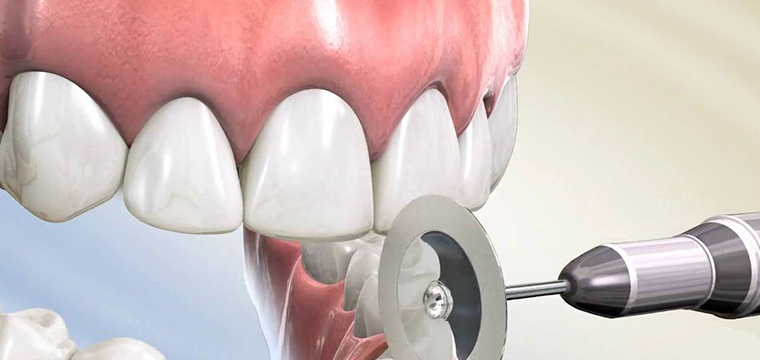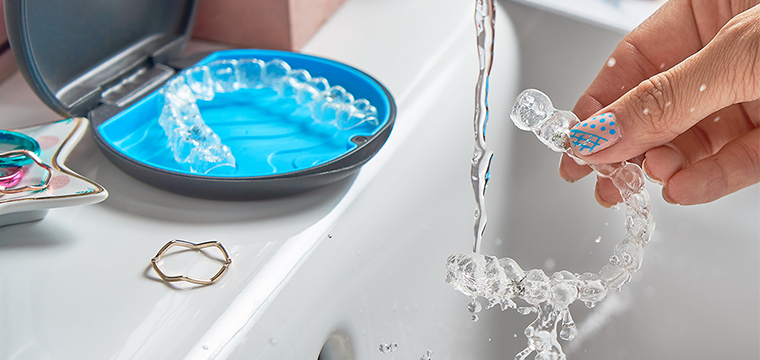What is Jaw Pain?
Undergoing orthodontic treatment to align your teeth and improve your bite essentially optimizes one skeletal part of your jaw. In doing so, there are multiple benefits. It can allow for improved function, such as when teeth are brought together from an open bite, and can lead to healthier bony support for your teeth such as when there is crowding. It can also provide more balance to your jaws such as when there is a crossbite, large overjet or deep overbite that is corrected. There are also a number of dental eruption problems that can be corrected with orthodontic treatment.
What is TMD?
Jaw pain (or jaw discomfort or jaw tension) is a common ailment in our age. It is often linked to shoulder and neck pain, discomfort or tension. This commonly arises due to muscular tensions around the head and jaw, neck and back area. These tensions are generally linked to habits we’ve acquired as children, through work or other day to day activities, such as phone usage. They can even arise from injury to any body part. A person is a whole organism and every part is connected.
That’s why correcting your teeth does not necessarily alter your jaw habits or the way you function with your head and jaw, neck and back. There are many health care providers that can help look at the way you “use” your body— the way you speak, the way you hold yourself when engaging in your daily activities, such as photography or reading. You may consider:
TMJ specialists or specialized oral surgeons can address more severe symptoms such as jaw pain or pathological jaw joint issues. Speech pathologists can evaluate the functions of the soft tissue oral structures such as your tongue and your lips. Functions they address include swallowing as well as speech. Physical therapists can improve overall balance or specialized physical therapists to address the head and neck area.
The most recent research and news from the American Dental Association says “self care treatments should be the first line of treatment for muscles- related TMD. Participants (in the study)reported the most improvement in their (jaw) pain from common self-care activities, including jaw exercises, yoga or exercise, meditation, massage, and warm compresses, with over 84 percent reporting that these activities helped them at least a little. In contrast, only 64 percent of those who used oral appliances—the most popular treatment—reported that they helped at least a little.”
If you are looking for something to do at home on your own, MBO has a recommended list of things you can do to relieve jaw pain. If you want to continue to explore, we also recommend the Melt Method. The founder Sue Hitzmann provides a gentle approach to looking at whole body wellness and ease through fascia release.
Everyone is individual and incomparable. It is important to find the provider that suits your needs and personality.


